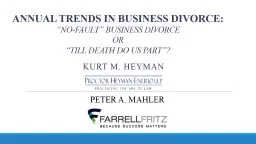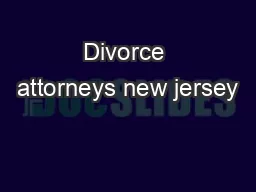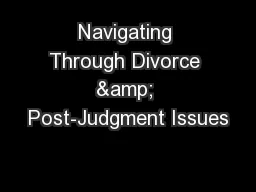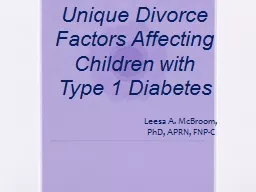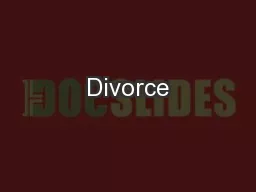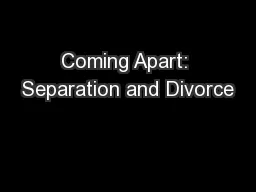PPT-ANNUAL TRENDS IN BUSINESS DIVORCE
Author : tawny-fly | Published Date : 2018-11-02
NOFAULT BUSINESS DIVORCE OR TILL DEATH DO US PART KURT M HEYMAN PETER A MAHLER REAL ENTITY THEORY OF BUSINESS ENTITIES o Otto von Gierke late 1800s o
Presentation Embed Code
Download Presentation
Download Presentation The PPT/PDF document "ANNUAL TRENDS IN BUSINESS DIVORCE" is the property of its rightful owner. Permission is granted to download and print the materials on this website for personal, non-commercial use only, and to display it on your personal computer provided you do not modify the materials and that you retain all copyright notices contained in the materials. By downloading content from our website, you accept the terms of this agreement.
ANNUAL TRENDS IN BUSINESS DIVORCE: Transcript
Download Rules Of Document
"ANNUAL TRENDS IN BUSINESS DIVORCE"The content belongs to its owner. You may download and print it for personal use, without modification, and keep all copyright notices. By downloading, you agree to these terms.
Related Documents

